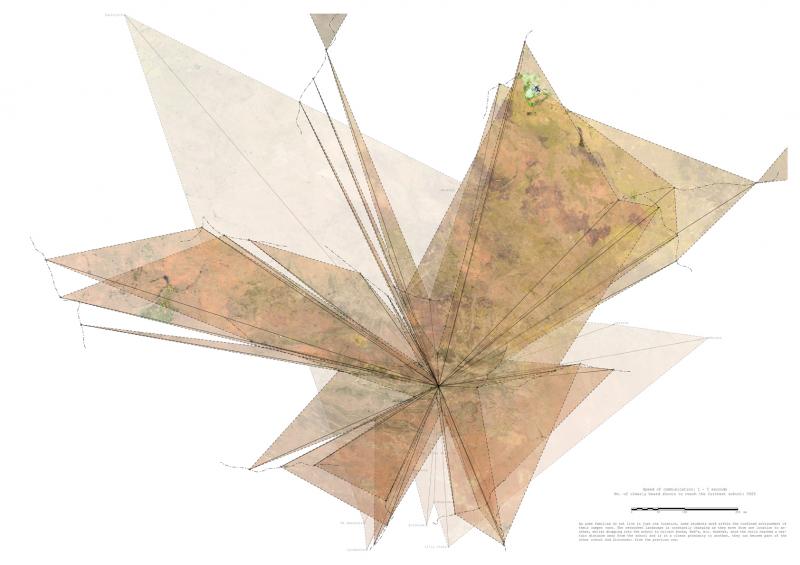
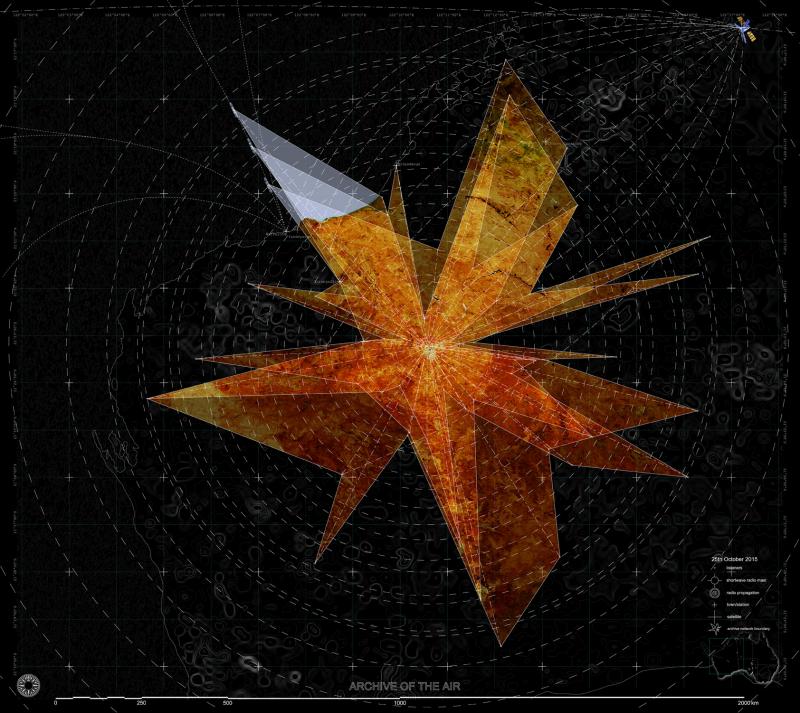
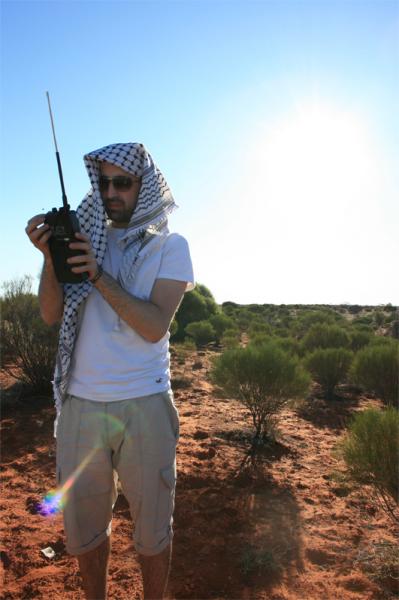
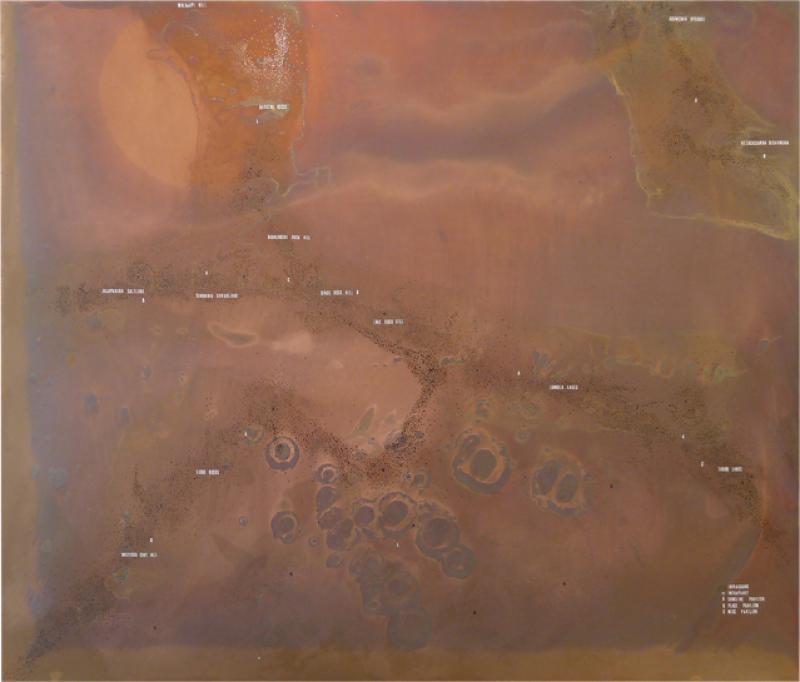
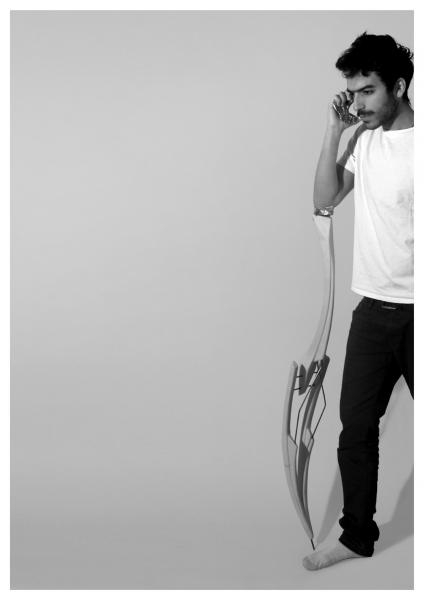
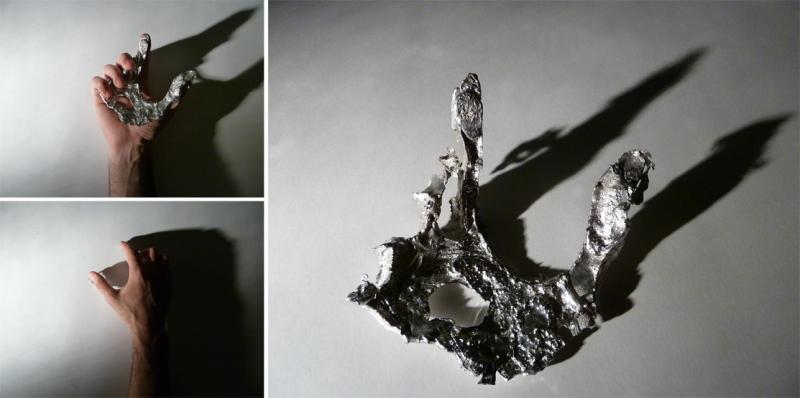
Singing Landscapes: The Lost Language Repository
The Australian Aboriginal culture is defined by its oral tradition. However, it is a tradition that is on the verge of being diluted and lost forever.
Existing Archiving formats and systems in place to record and illustrate this oral culture are inefficient as the information is detached from its context of the landscape.
Singing Landscapes allows for the architectural parameters of a spatial experience to exist in the air and the earth of the Australian landscape.
The archive of the Air which is transmitted through the obsolete radio spectrum of the shortwave and the Archive of the Earth which is embedded within the ground through the use of infrasound from the acoustic spectrum.
Thus the architecture becomes these two invisible landscapes where one can experience space and knowledge simultaneously in a parameter that is invisible to the naked eye.
The role of the physical will be to emit and tune into the information allowing the user to experience this rich and vast knowledge within the landscape rather than through the medium of a computer screen connected to the information cloud.